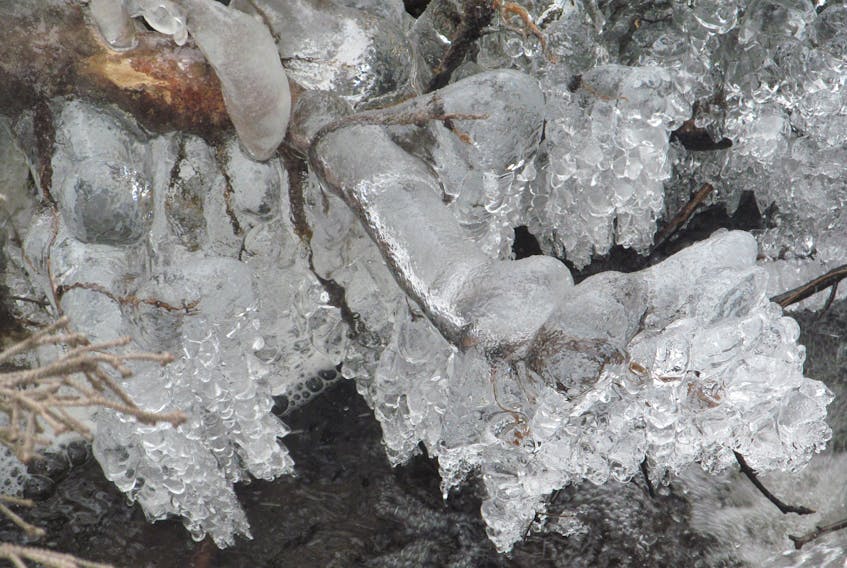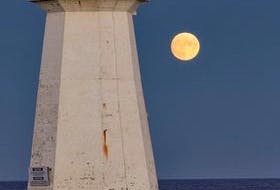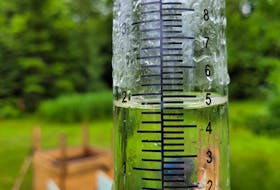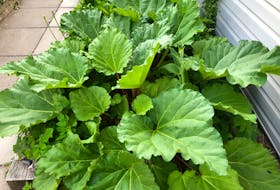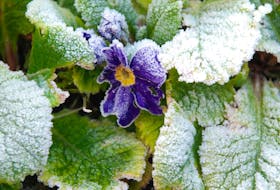I love winter so I’m not one of those people who count down the days until spring; doing that can be disappointing.
How many times have we made it to the end of February relatively unscathed only to have our hearts broken in March? Not only can we get our worst storms late in the season, it’s not uncommon to experience bitter cold as well.
Many people falsely believe that once the days start to grow longer the temperature begins to warm. Grandma knew better. She used to say, “As the days lengthen, the cold strengthens.”
Grandma had observed this to be true. It’s also scientifically correct, but why? After all, it’s on or around Dec. 21 that we receive the least amount of daylight. As the day light minutes grow, shouldn’t it get warmer?
Not really, at least not right away. The reason is “seasonal lag,” the phenomenon whereby the date of minimum average temperature at a geographical location is delayed until sometime after the date of minimum insolation or daylight. This also applies in the summer when the maximum average air temperature is delayed until sometime after the longest day of the year.
Earth’s seasonal lag is largely caused by the presence of large amounts of water. Basically, it takes longer to warm those large bodies of water and, of course, it takes longer for them to cool, too. The difference is not seasonally symmetric – meaning the time between the winter solstice and the coldest period is not the same as between the summer solstice and the hottest time. In mid-latitude continental climates, it’s approximately 20 to 25 days in winter and 25 to 35 days in summer. That would put our coldest period one month after the shortest day. Some good news if you’re not a fan of the cold; the worst should be behind us!
- Have a question about the weather? Email [email protected].
- Read more Grandma Says columns.
Cindy Day is the chief meteorologist for SaltWire Network.
RELATED

